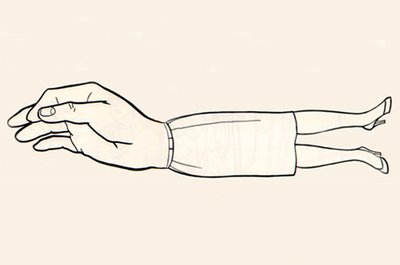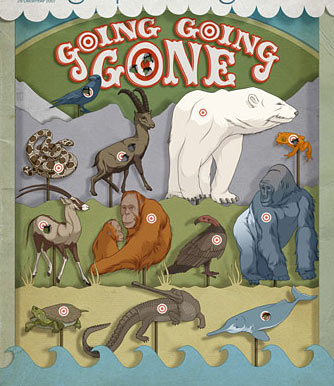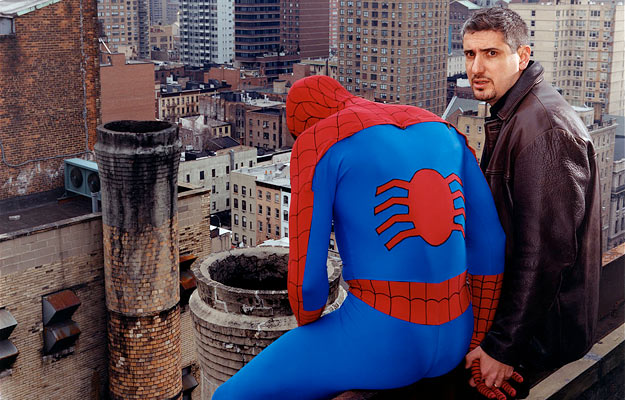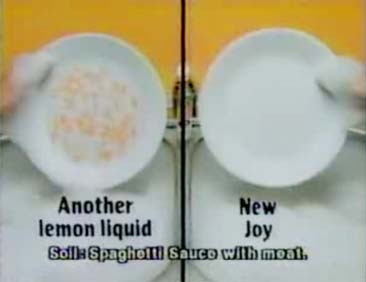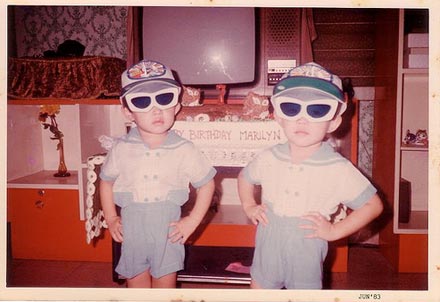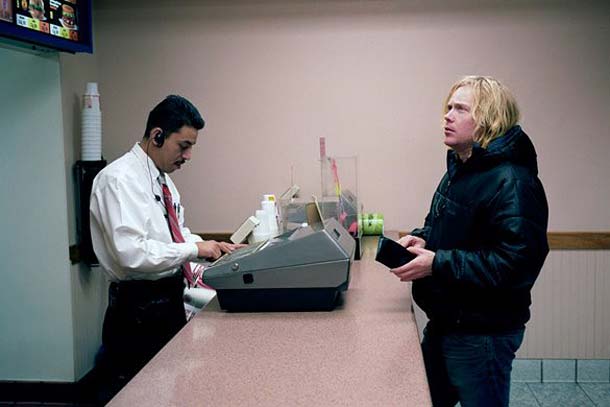Is Hell exothermic (gives off heat) or endothermic (absorbs heat)?
First, we must know how the mass of Hell is changing over time. So we need to know the rate at which souls are moving into Hell and the rate at which they are leaving. I think that we can safely assume that once a soul gets to Hell, it will not leave.
Therefore, no souls are leaving. As for how many souls are entering Hell, let’s look at the different religions that exist in the world today. Most of these religions state that if you are not a member of their religion, you will go to Hell. Since there is more than one of these religions and since people do not belong to more than one religion, we can make the assumption that all souls go to Hell. With birth and death rates as they are, we can expect the number of souls in Hell to increase exponentially.
Next, we look at the rate of change of the volume in Hell because Boyle’s Law states that in order for the temperature and pressure in Hell to stay the same, the volume of Hell has to expand proportionately as souls are added. This gives two possibilities:
(1) If Hell is expanding at a slower rate than the rate at which souls enter Hell, then the temperature and pressure in Hell will increase until all Hell breaks loose.
(2) If Hell is expanding at a rate faster than the increase of souls in Hell, then the temperature and pressure will drop until Hell freezes over. So which is it?
If we accept the postulate given to me by my Professor during my Freshman year that, “it will be a cold day in Hell before I pass you”, and take into account the fact that I passed his class, then number 2 must be true, and thus I am sure that Hell is exothermic and has already frozen over.
The corollary of this theory is that since Hell has frozen over, it follows that it is not accepting any more souls and is therefore, extinct…
{ via Albany.edu }
Is Heaven hotter than Hell?
The temperature of heaven can be rather accurately computed. Our authority is the Bible, Isaiah 30:26 reads, Moreover, the light of the moon shall be as the light of the sun and the light of the sun shall be sevenfold as the light of seven days. Thus, heaven receives from the moon as much radiation as the earth does from the sun, and in addition seven times seven (forty nine) times as much as the earth does from the sun, or fifty times in all. The light we receive from the moon is one ten-thousandth of the light we receive from the sun, so we can ignore that. With these data we can compute the temperature of heaven: The radiation falling on heaven will heat it to the point where the heat lost by radiation is just equal to the heat received by radiation. In other words, heaven loses fifty times as much heat as the earth by radiation. Using the Stefan-Boltzmann fourth power law for radiation
(H/E)4 = 50
where E is the absolute temperature of the earth, 300°K (273+27). This gives H the absolute temperature of heaven, as 798° absolute (525°C).
The exact temperature of hell cannot be computed but it must be less than 444.6°C, the temperature at which brimstone or sulfur changes from a liquid to a gas. Revelations 21:8: But the fearful and unbelieving… shall have their part in the lake which burneth with fire and brimstone.” A lake of molten brimstone [sulfur] means that its temperature must be at or below the boiling point, which is 444.6°C. (Above that point, it would be a vapor, not a lake.)
We have then, temperature of heaven, 525°C (977°F). Temperature of hell, less than 445°F). Therefore heaven is hotter than hell.
{ Applied Optics, 1972 }

